Together we can control gorse in our landscape. VGT is here to help.
Tackling gorse takes effort, but doing nothing means it just gets worse
The key focus of the Victorian Gorse Taskforce (VGT) is to support community-led gorse control by providing funding, education and resources to implement and sustain local gorse control projects.
Hover over to learn more
Community Projects
About VGT
Control Methods
VGT Learning Hub
Start Today
Community Projects
By showing that community-led efforts work best, we’ve attracted well over $1 million in government funding for community gorse projects since 2005.
About VGT
The VGT is committed to ensuring there is a strong emphasis on building community capacity in gorse control through a mix of extension services, community engagement activities and grants.
Start Today
Control Methods
Start Today
VGT Learning Hub
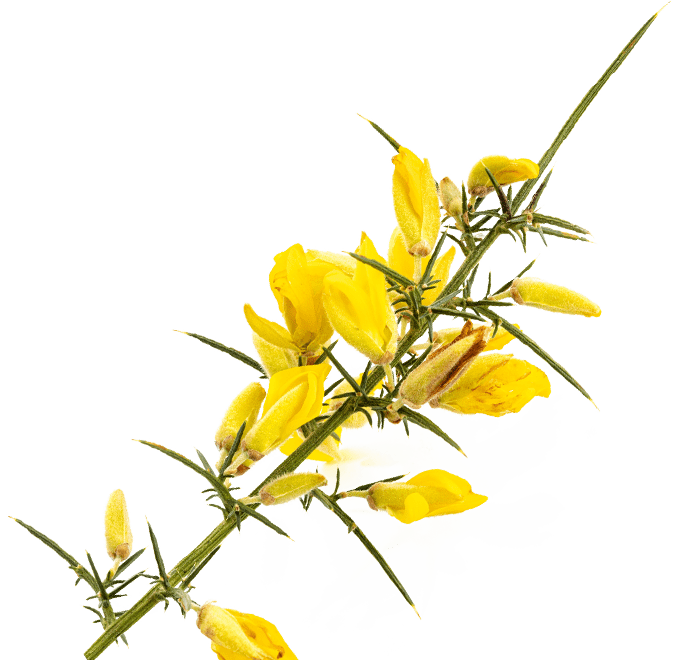
Gorse is one of Australia's worst weeds
Gorse infests valuable pastural land and significantly reduces land values. It's a haven for rabbits, foxes and feral cats, it clogs waterways and damages natural environments.
Once gorse is established, it is very difficult to eradicate. Controlling gorse takes planning and effort, but doing nothing means it's infestation will just get worse.
VGT is here to help
Our website hosts a source of information on gorse, control measures and case studies, and how your community can work with the Taskforce to establish a community-led program.
If you have any questions, please don’t hesitate to contact us.
Listen to the benefits of the VGT Community Grants Program.


Wattle Hill Gorse Control Project - 2017/2018 Gorse Program


Ashbourne Landcare Group's Weed Action Group - 2019 / 2020 Gorse Program
Controlling gorse is a long-term commitment. We understand how daunting it can be to start, but by following a step-by-step process you can prepare, plan and control gorse.
Identify and learn
1
Identify and learn about gorse. Understanding it’s life-cycle is important and will maximise your success to control the problem.
Assess your property
2
Where is the gorse problem on your property? Make a map with the size, density and location of the infestation.
Research and review
3
Use the VGT website for resources on gorse. Use the Virtual Extension Officer to investigate and choose best methods of control.
Network and discuss
4
Speak with neighbours, local Landcare groups or weed contractors for information and support. Discuss your chosen control method.
Plan for success
5
Create a realistic management plan that outlines what are you hoping to achieve in the short, medium and long term.
Implement your plan
6
Carry out your control according to your plan.
Monitor and follow-up
7
Monitor your gorse control efforts and continue with methods that prove successful.
Keep going. Don't stop!
8
Now that you have started don’t stop! Control works best
if you are treating plants before they go to flower to prevent further seeding.
Testimonials



The VGT support network
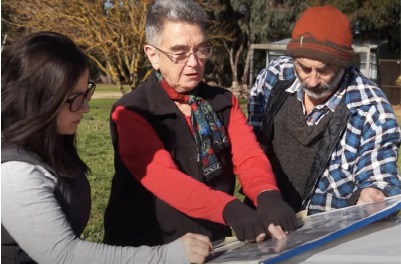
Local Level Learning
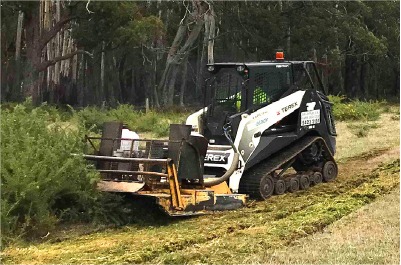
Planning for success
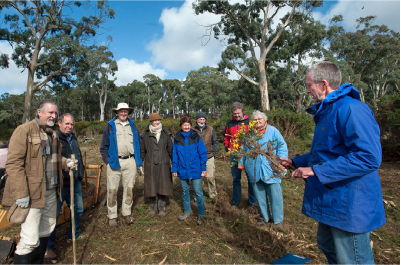
Activate the plan
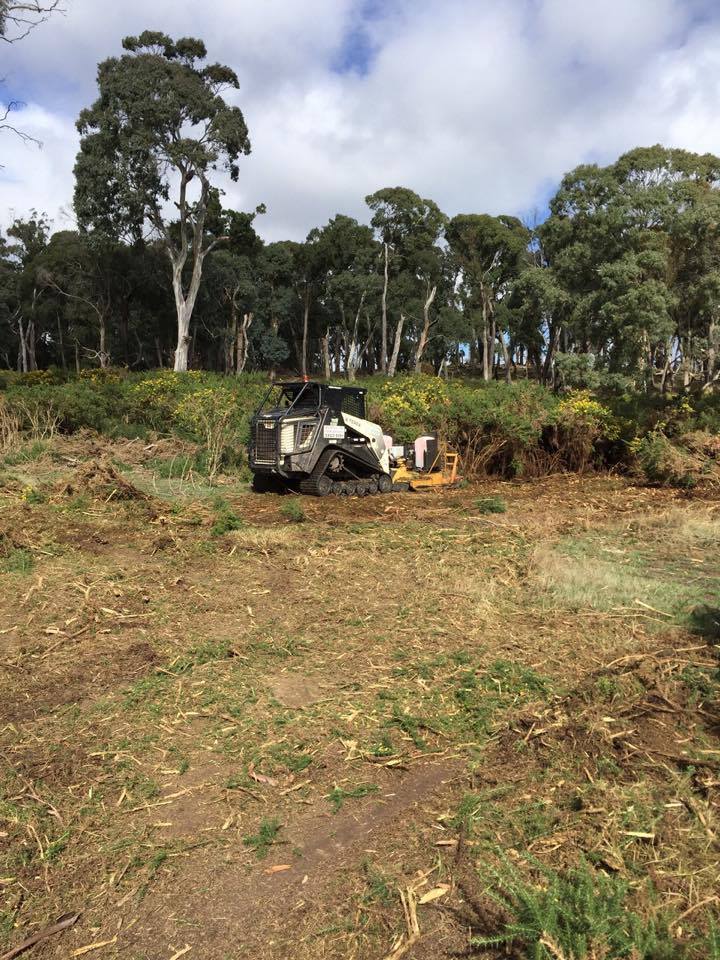
Good Neighbour Program
Learn about the Good Neighbour Program, where neighbours are working together on the public – private interface to control invasive species.
COMMUNITY PROJECT
Maintain the Gain
Reinvigorating gorse control on Phillip Island and Surrounds by Bass Coast Landcare Network
The Bass Coast Landcare Network is closer to achieving its goal of an ‘island ark’ for threatened and endangered plants and animals with a long-term effort to eradicate gorse from Phillip Island and the surrounding area.
Frequently Asked Questions
The first step to start your gorse control is commitment for long term, integrated gorse control techniques. Part of this is to develop a gorse control management plan. When you start developing your gorse control plan there are a few things that you should consider including:
- Work with your neighbours
- Make it a long-term management plan and stick to it
- Review and amend your plan as appropriate
- Seek professional advice
- Aim to treat every plant
- Don’t let plants set seed
- Remain vigilant and always follow up the previous season’s work.
Some main components to a successful gorse control program are:
- A long-term commitment from the land manager
- Treating all plants before they set seed
- The use of a combination of control methods
- To be persistent and regularly follow up with inspections of previous season’s work
- Revegetation and a change in the land use practices that allowed gorse to spread and grow.
Roadside weed control for the majority of country roadsides rests with Local Municipalities. For main roads as declared under the Roadside Management Act 2004, the responsibility is with VicRoads (click here for the VicRoads declared roads map).
Yes. Mulching, physical removal and cultivation are some control methods of gorse that don’t require the use of chemicals. Chemical free control methods can be effective but are often more labour intensive, costly and require increased levels of commitment and vigilance by the landholder over a long period.
Please read the VGT Gorse Best Practice Guide for more detailed information on chemical free gorse control methods.
